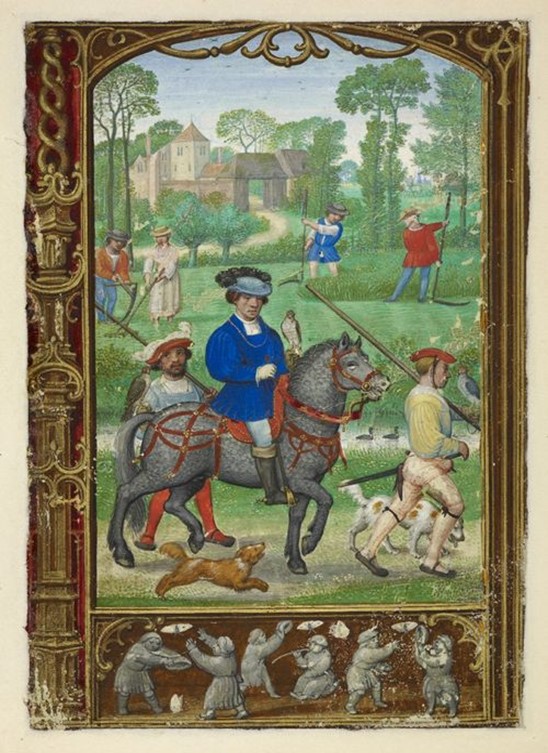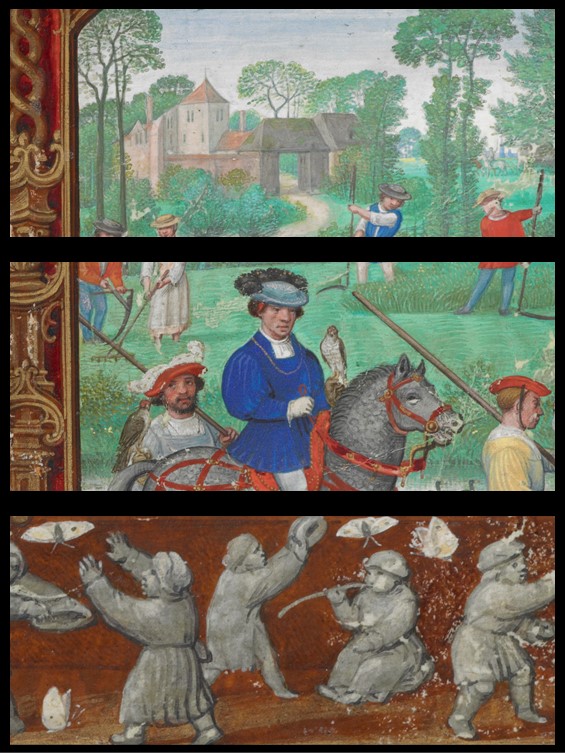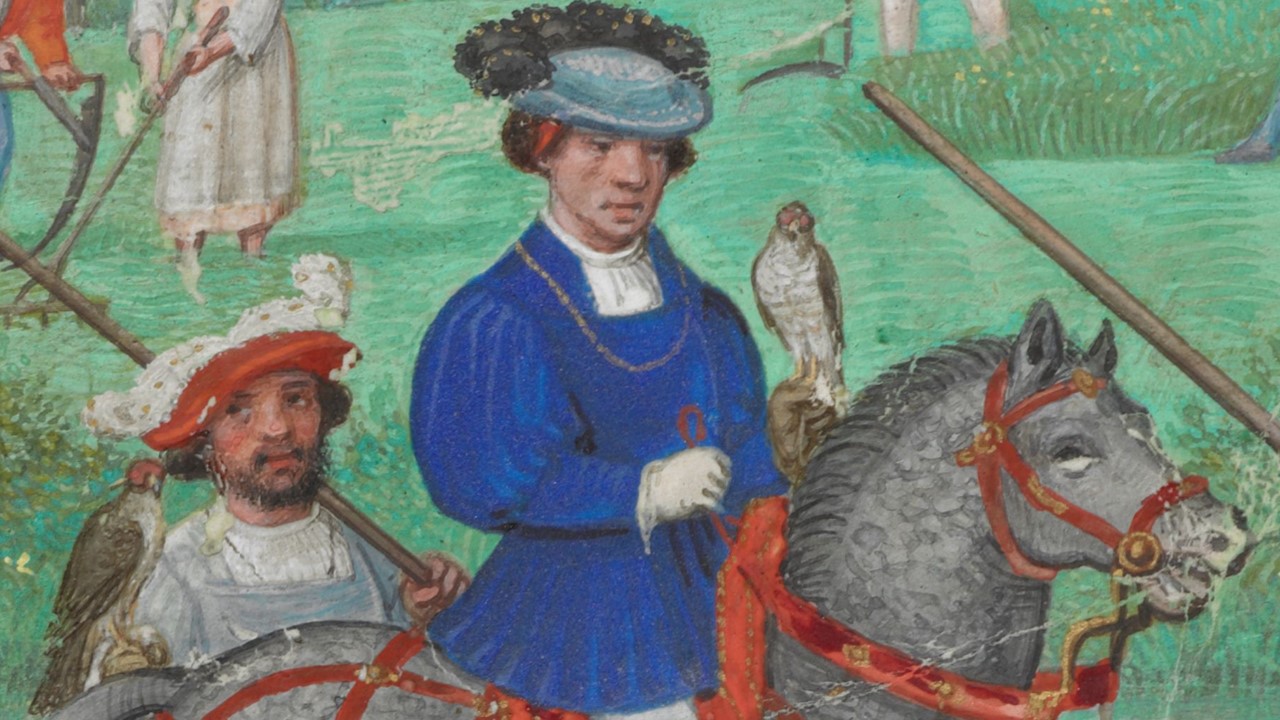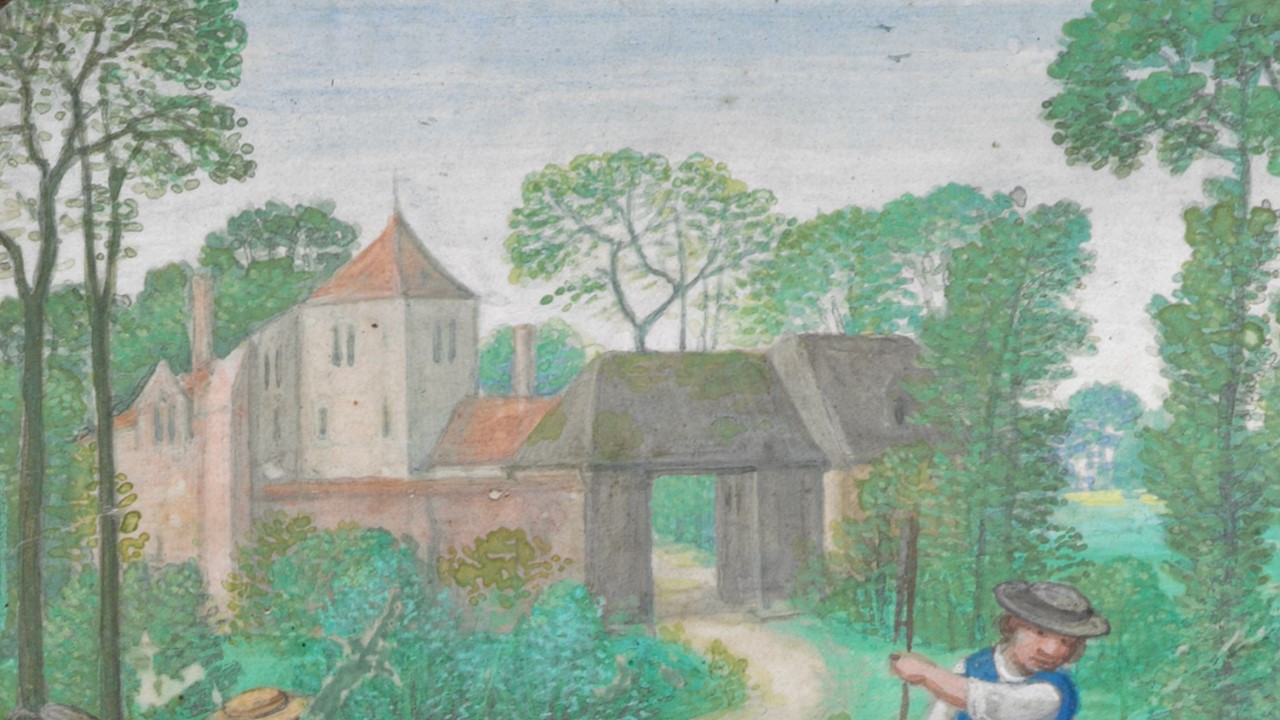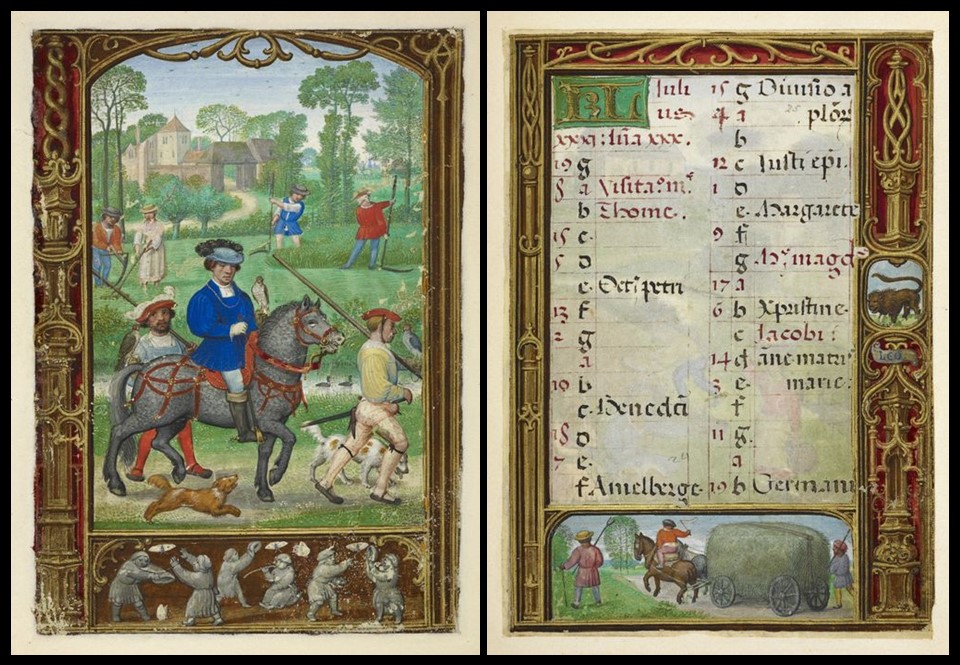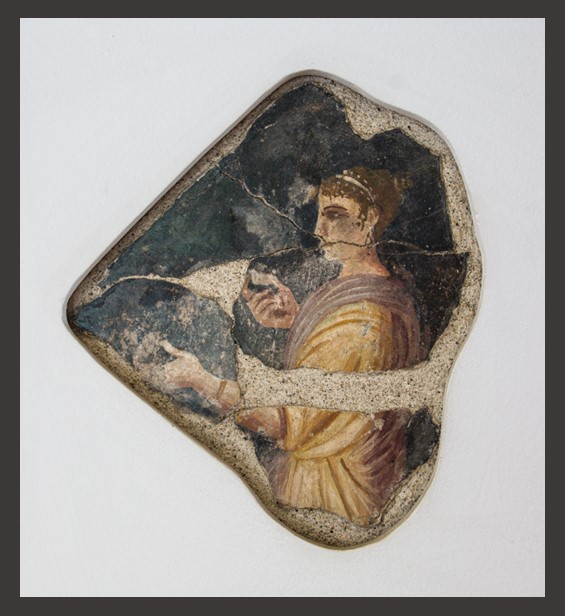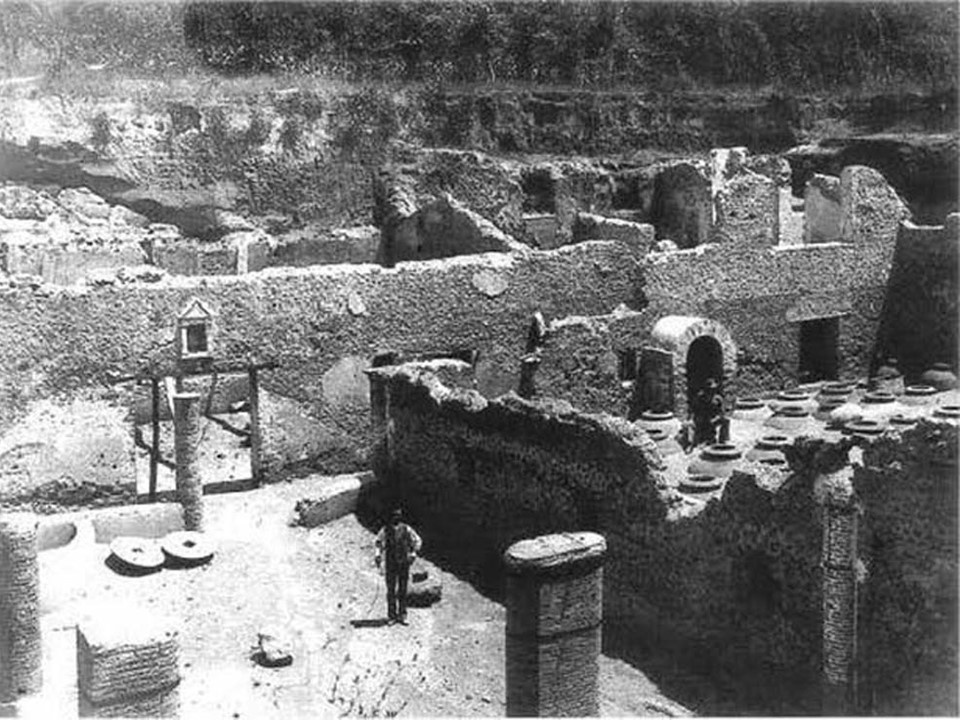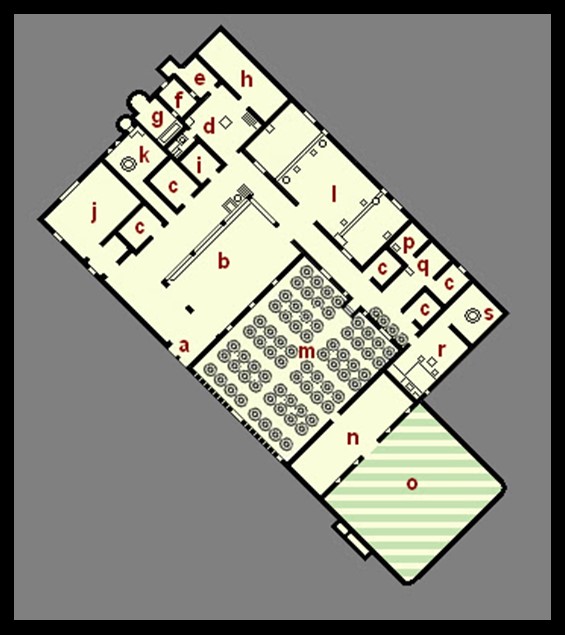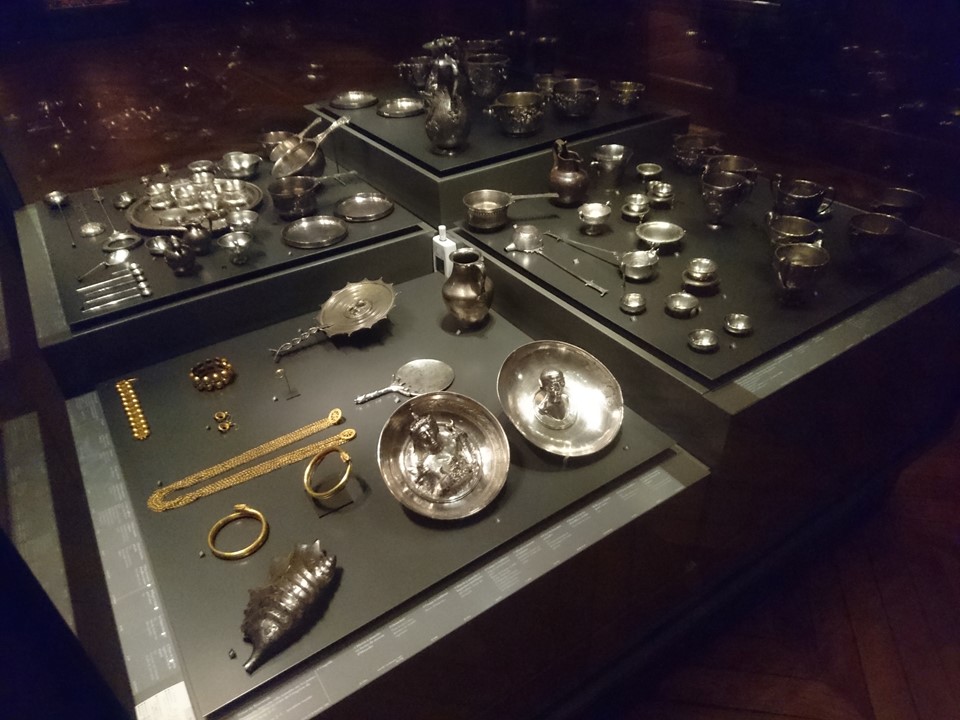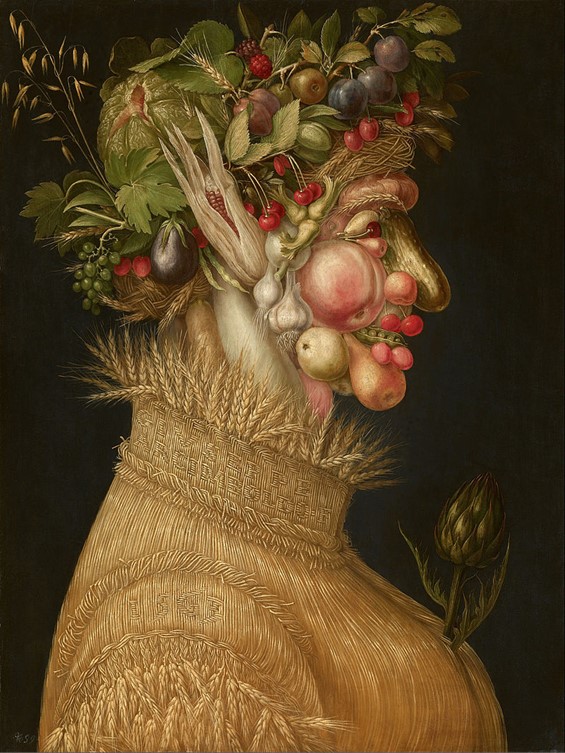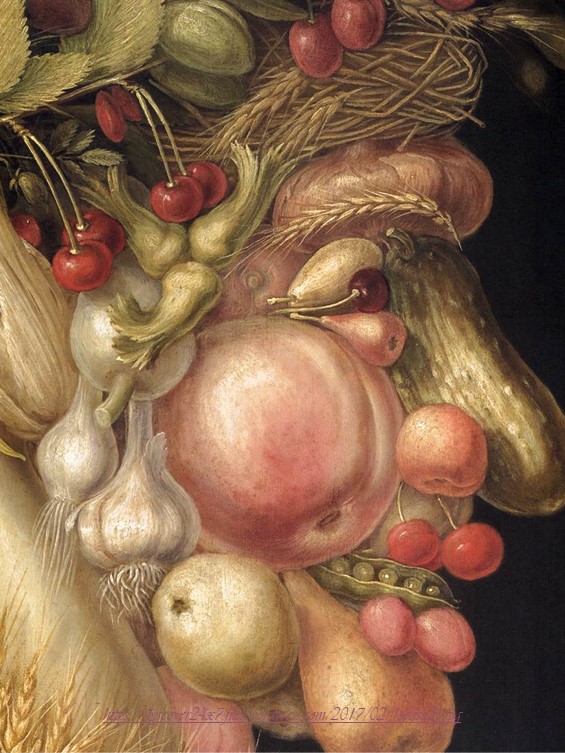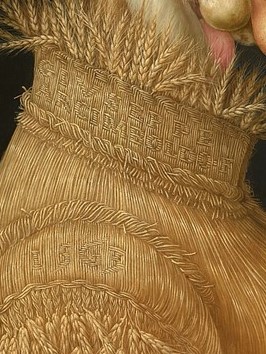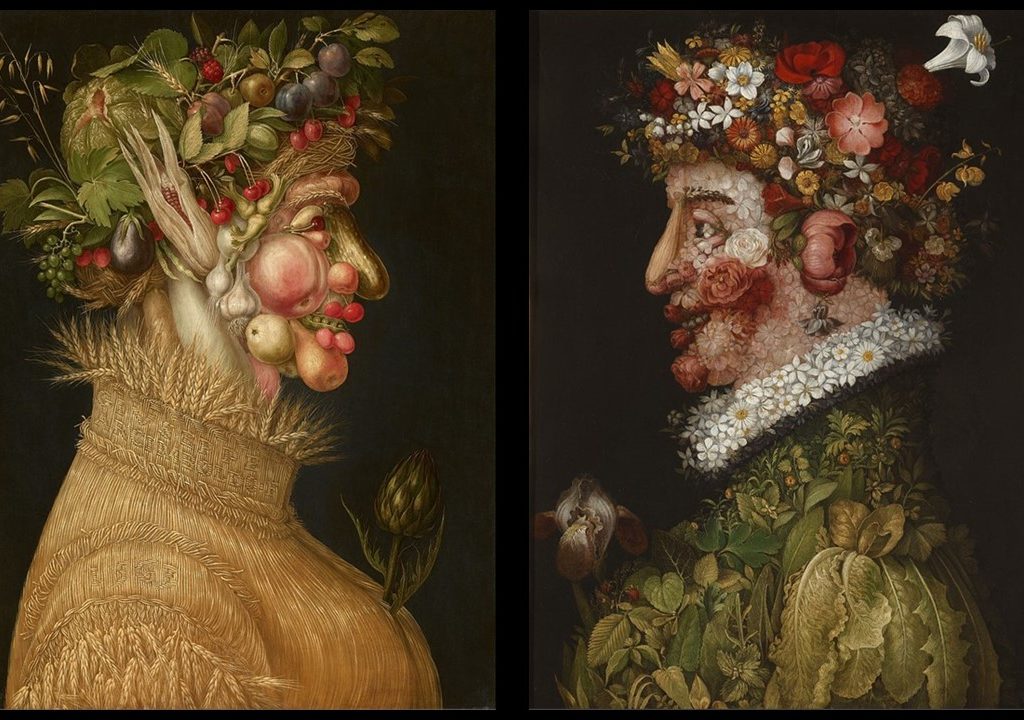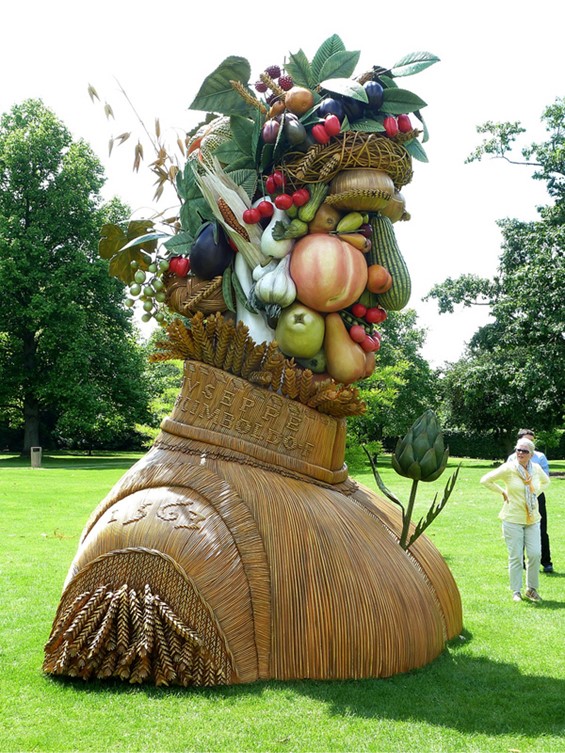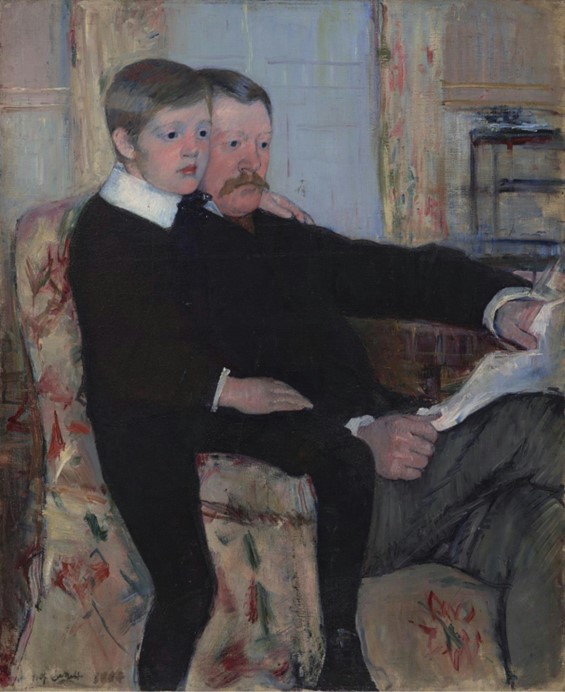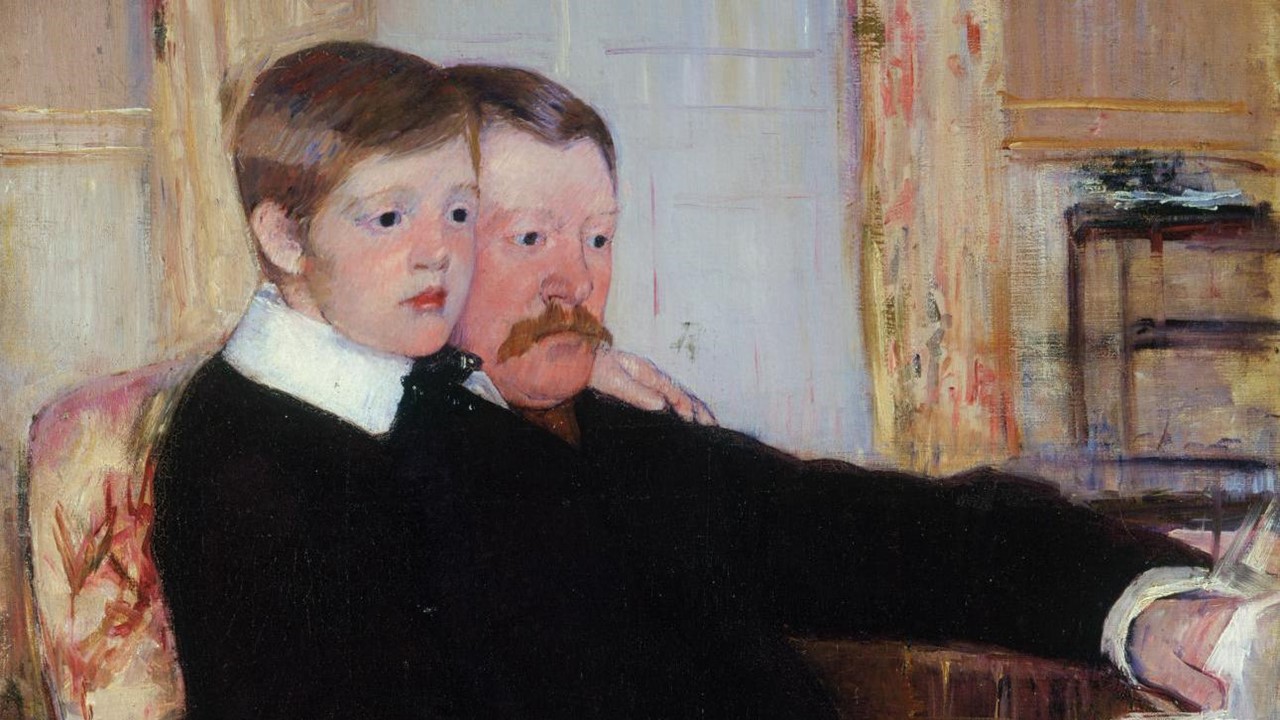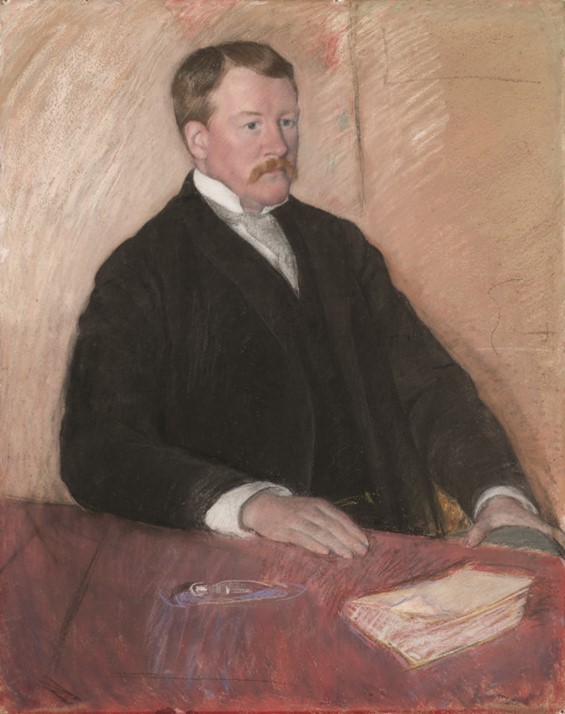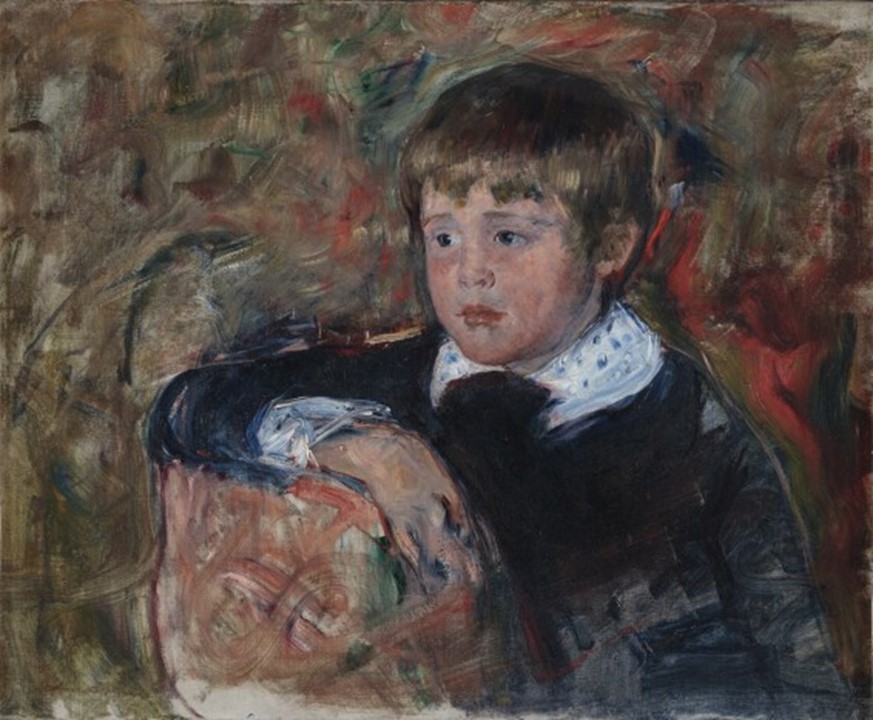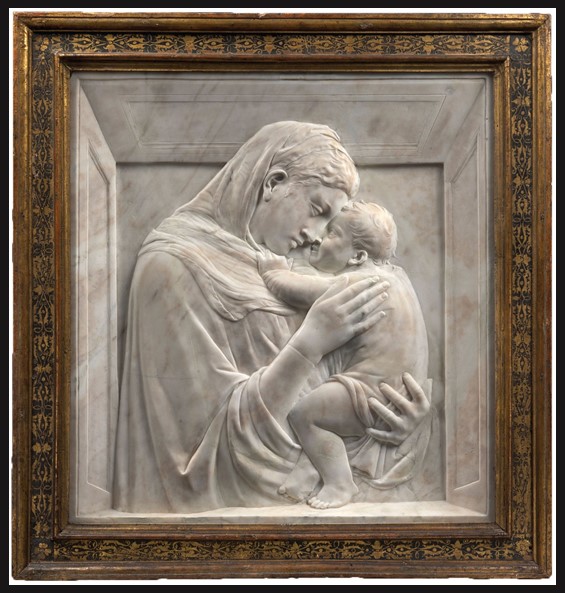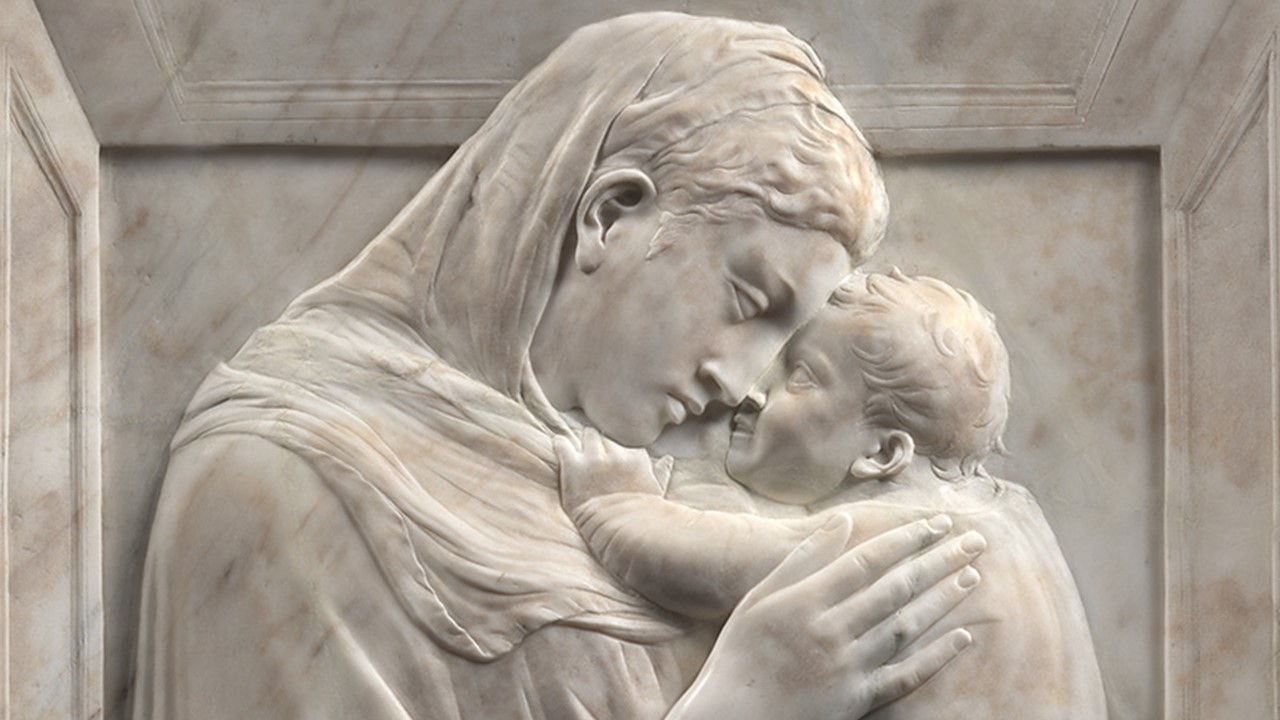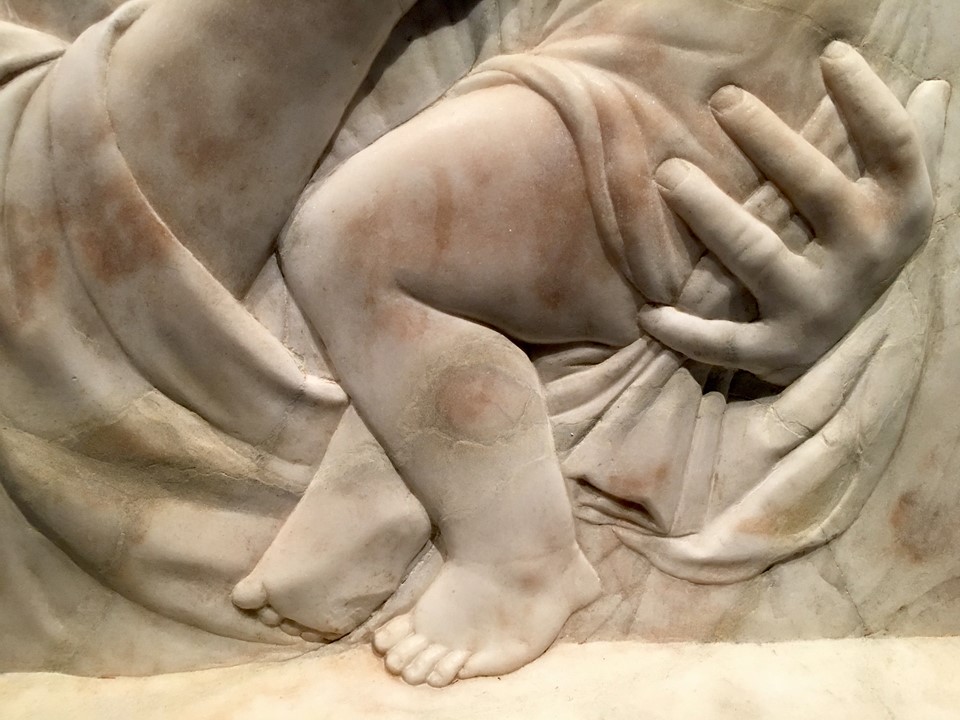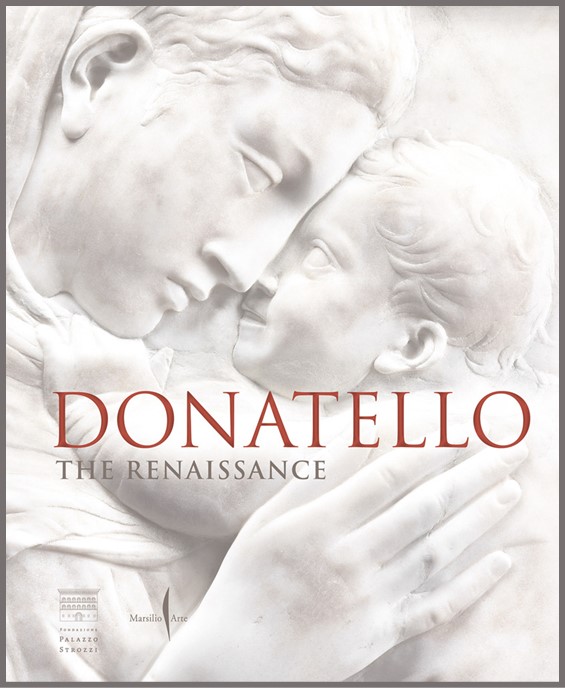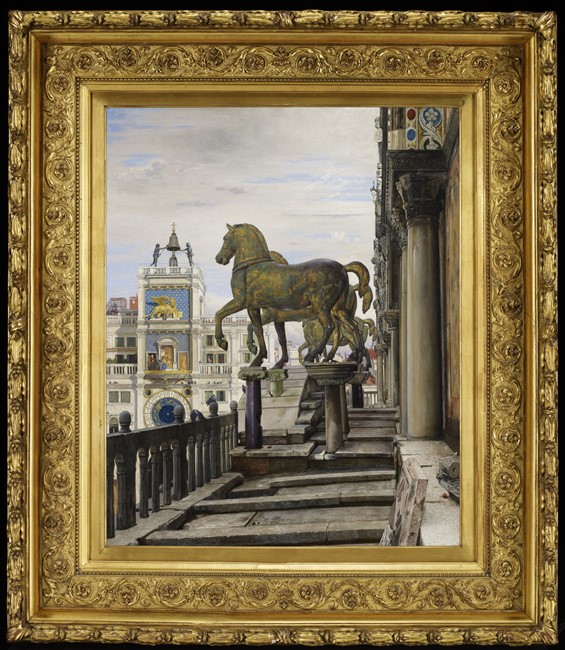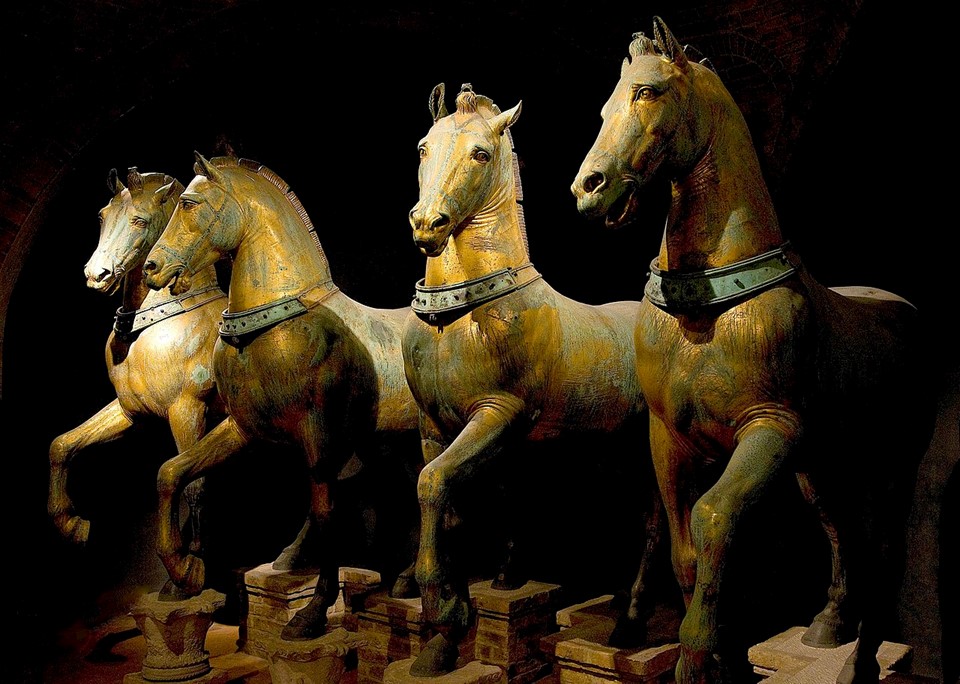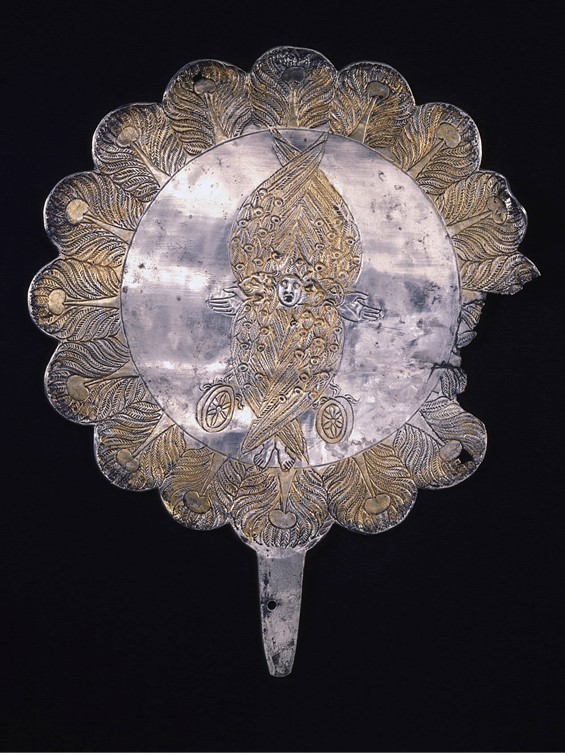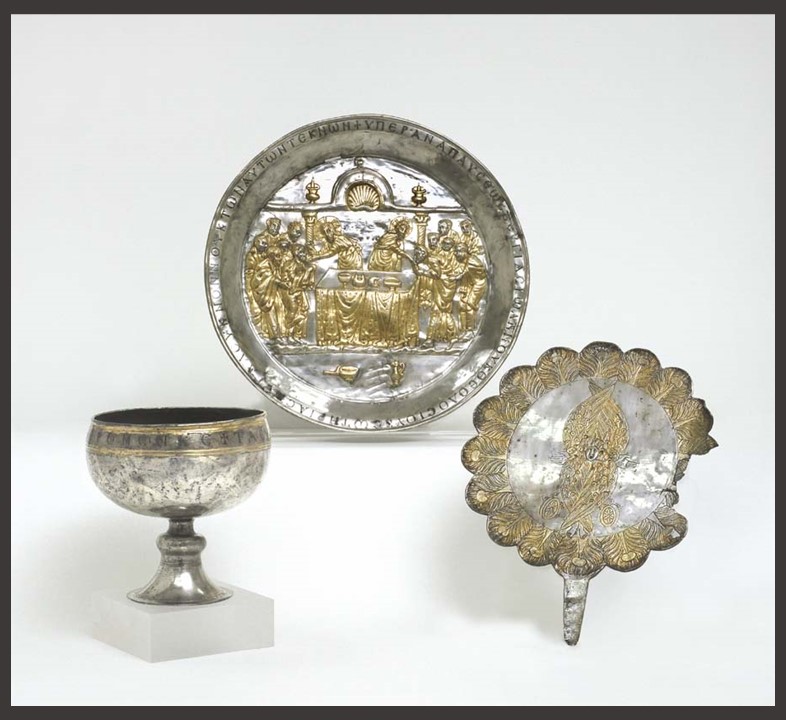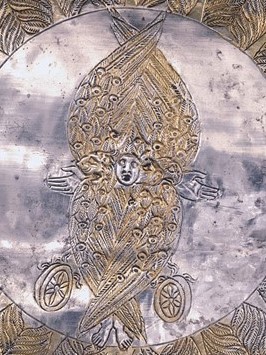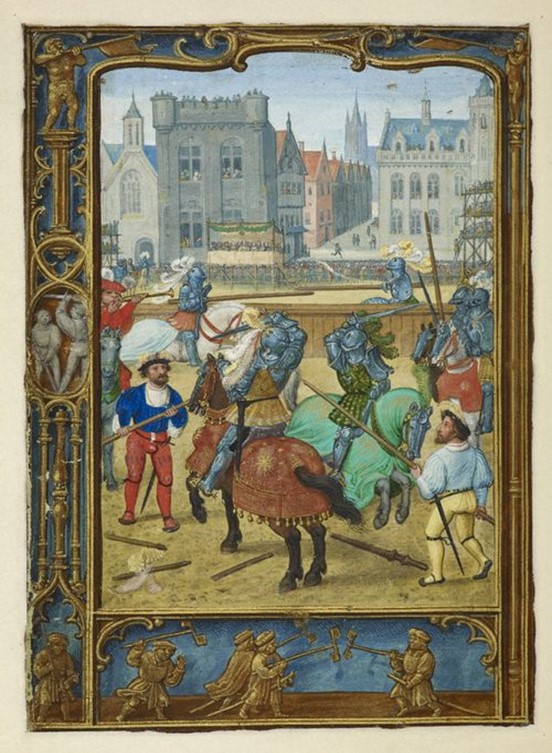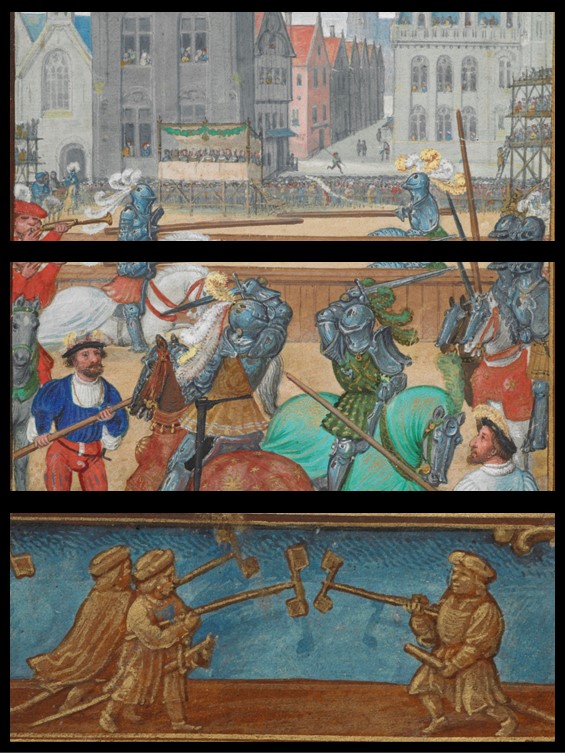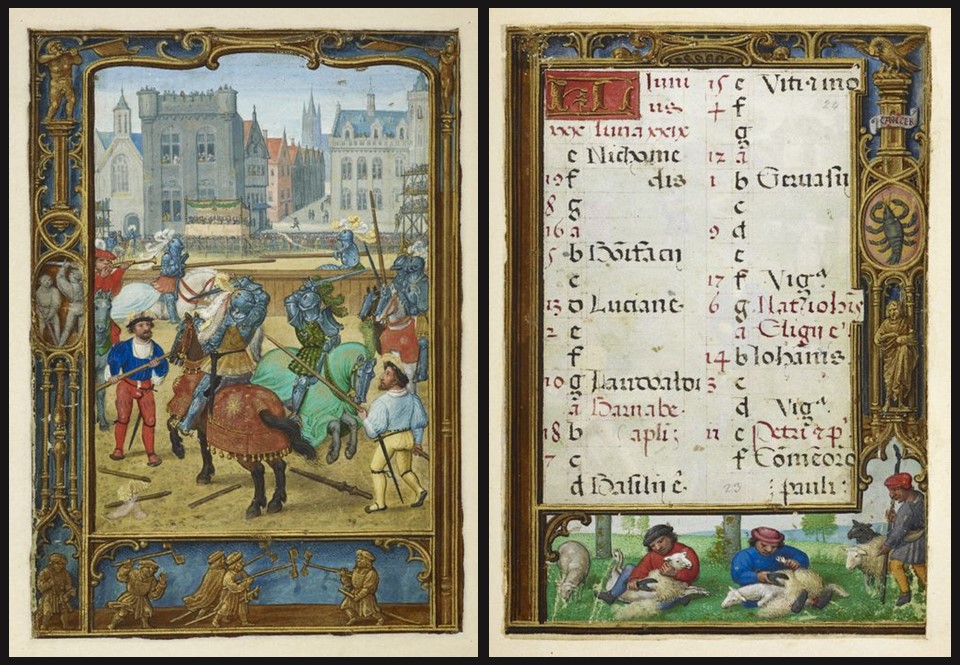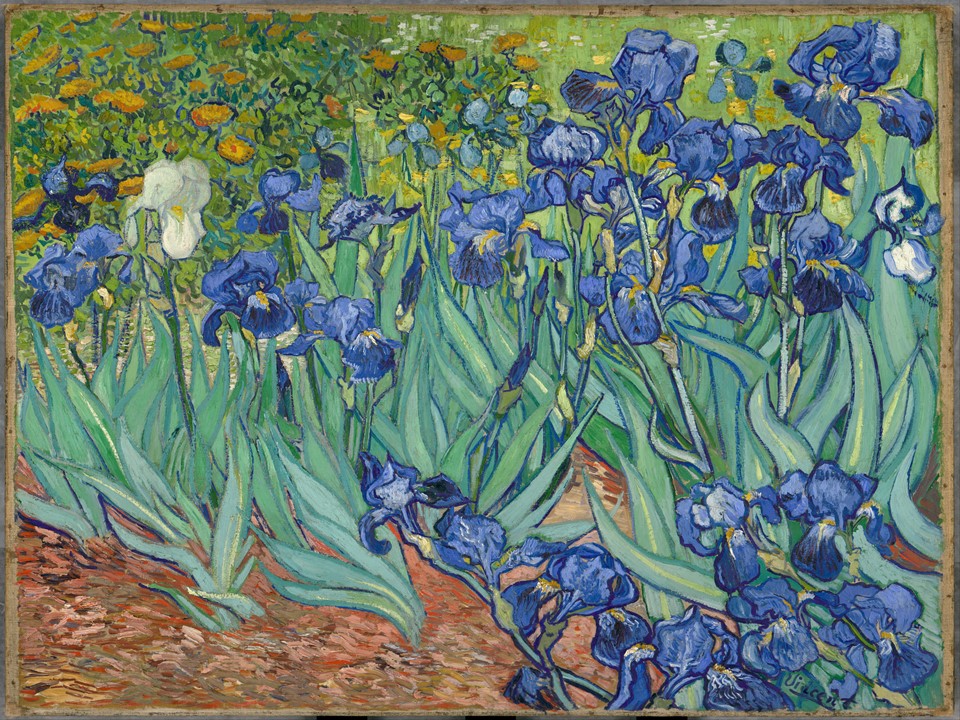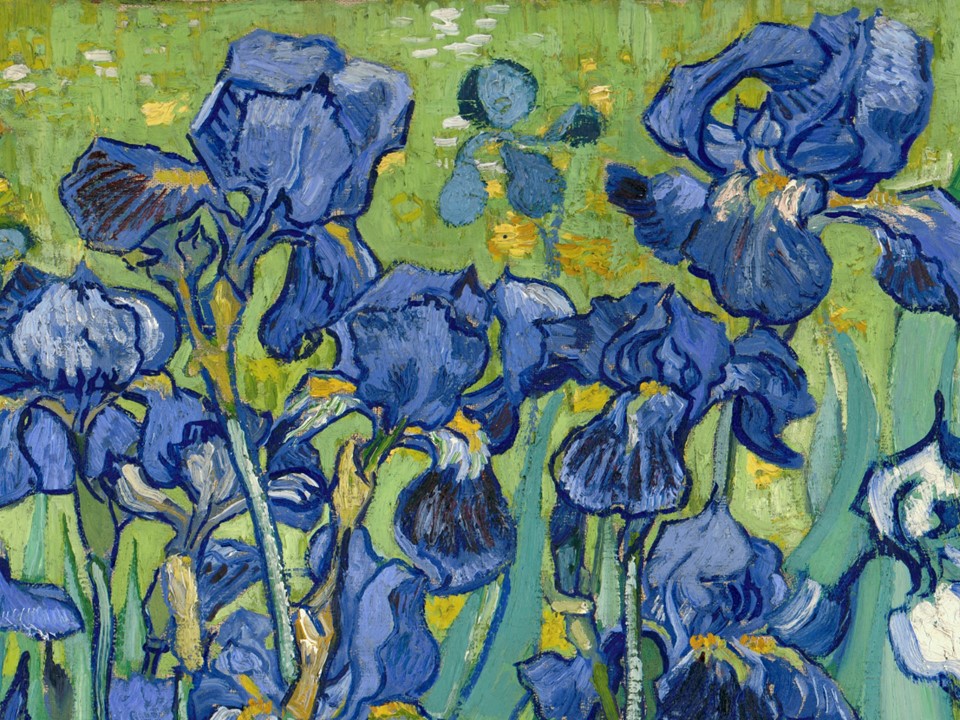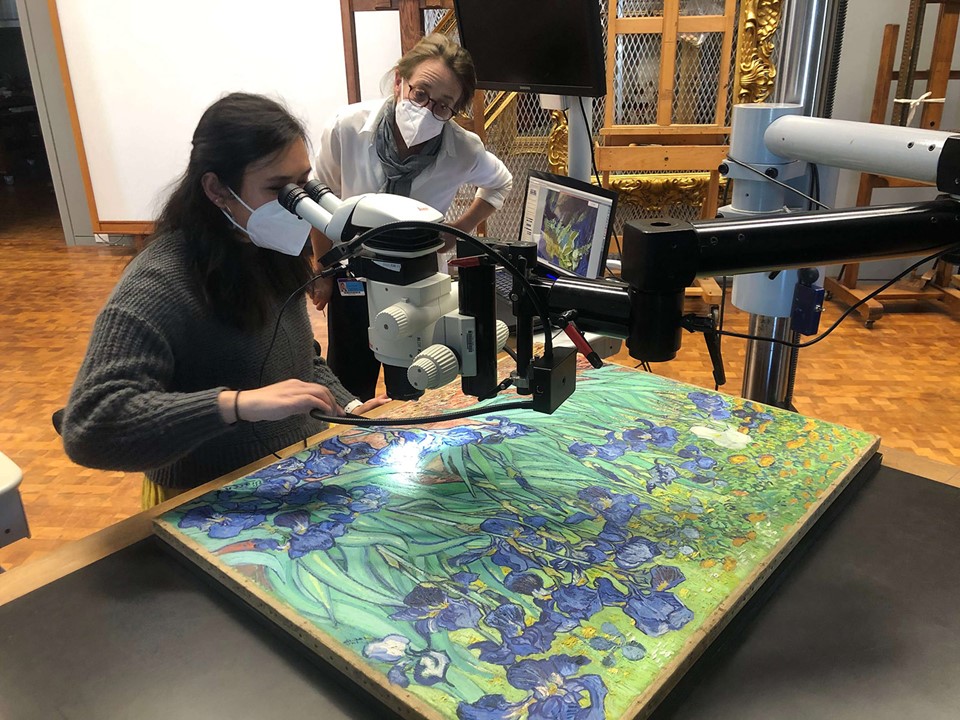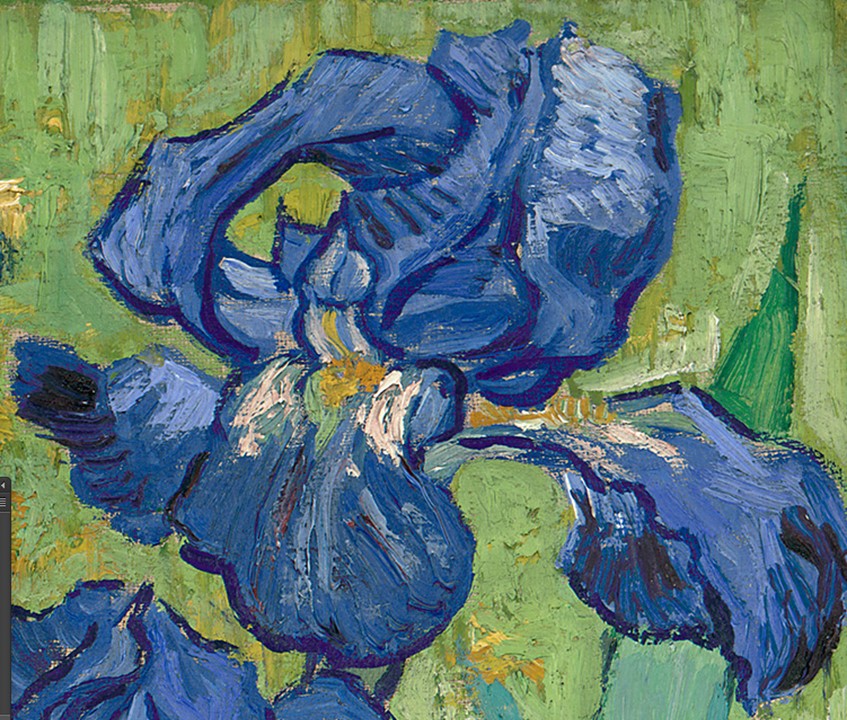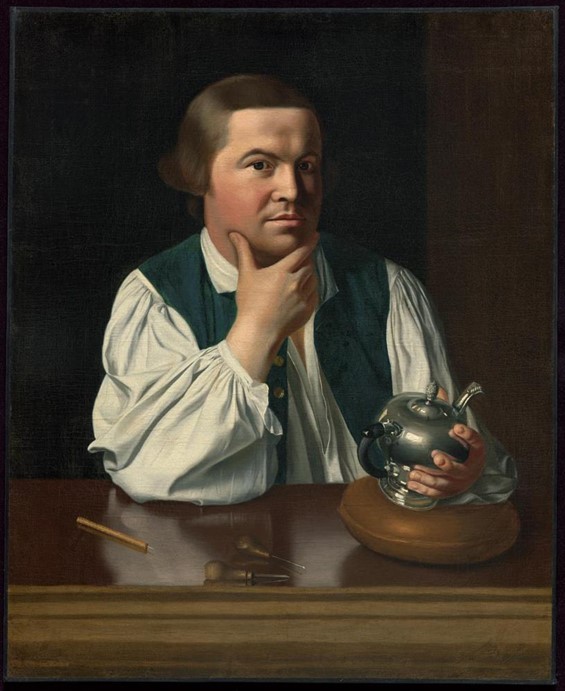
Portrait of Paul Revere, 1768, oil on canvas, 89.22 x 72.39 cm, Museum of Fine Arts, Boston MA, USA https://collections.mfa.org/objects/32401
Listen, my children, and you shall hear / Of the midnight ride of Paul Revere, / On the eighteenth of April in Seventy-Five; / Hardly a man is now alive / Who remembers that famous day and year. / He said to his friend, –“If the British march / By land or sea from the town to-night, / Hang a lantern aloft in the belfry-arch / Of the North-Church-tower, as a signal-light— / One if by land and two if by sea; / And I on the opposite shore will be, / Ready to ride and spread the alarm / Through every Middlesex village and farm, / For the country-folk to be up and to arm… / So through the night rode Paul Revere; / And so through the night went his cry of alarm / To every Middlesex village and farm,— / A cry of defiance, and not of fear, / A voice in the darkness, a knock at the door, / And a word that shall echo forevermore! / For, borne on the night-wind of the Past, / Through all our history, to the last, / In the hour of darkness and peril and need, / The people will waken and listen to hear / The hurrying hoof-beats of that steed, / And the midnight message of Paul Revere. Thus, begins and ends Henry Wadsworth Longfellow’s famous poem “Paul Revere’s Ride.” On the 4th of July 2022, I want to remember and honour the man, the brave Massachusetts Minuteman, and the talented silversmith… by looking at John Singleton Copley’s Portrait of Paul Revere! https://poets.org/poem/paul-reveres-ride
By 1867 Paul Revere was a member of the Massachusetts Minutemen, a group of patriots ready to act against the British army at a moment’s notice, had joined the Sons of Liberty group and was an active political figure. He was also famous for his considerable talents as a silversmith. Today his fame springs from Longfellow’s poem “Paul Revere’s Ride.”, a work that was first published in the January 1861 issue of The Atlantic Monthly, his remarkable portrait of 1768 by John Singleton Copley, and a select group of silverware like the “Sons of Liberty Bowl,” commissioned by 15 members of the Sons of Liberty in 1768, and made by the artist.
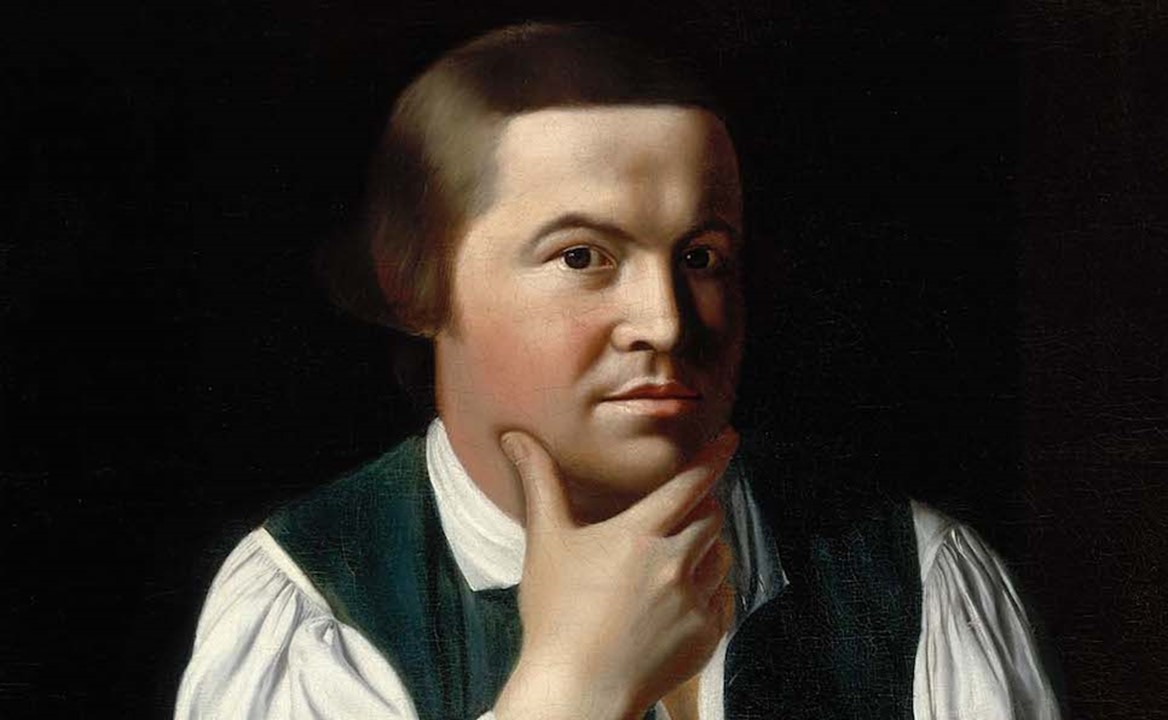
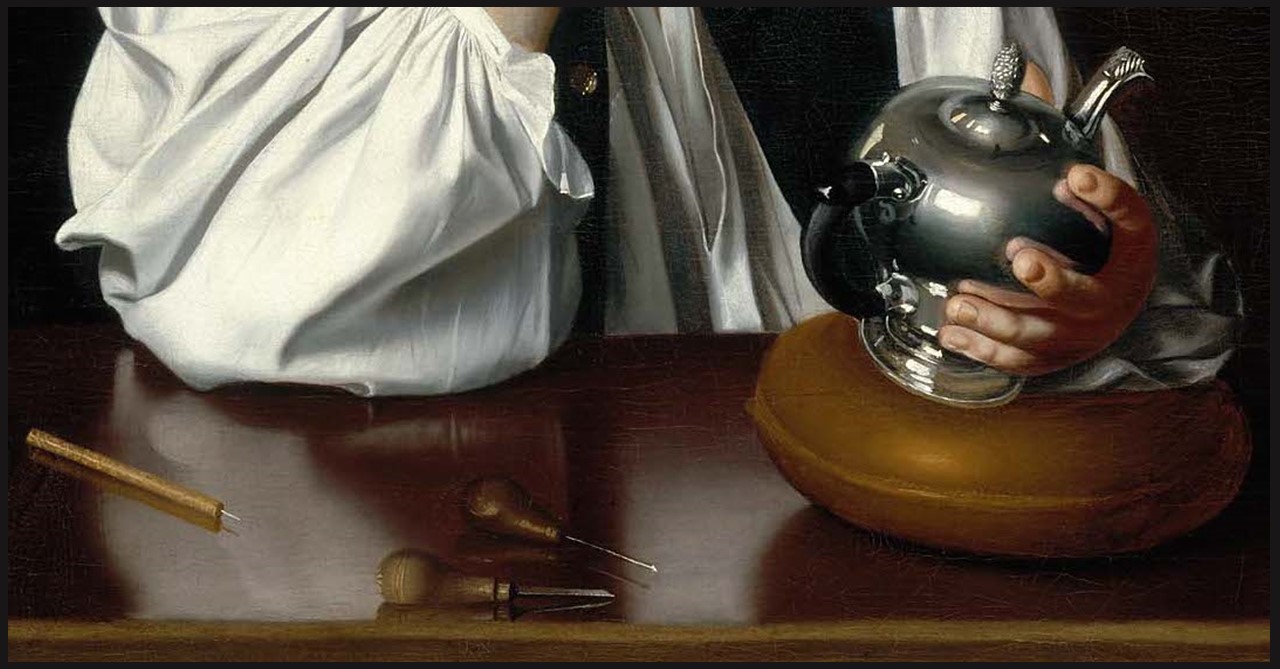
Portrait of Paul Revere (details), 1768, oil on canvas, 89.22 x 72.39 cm, Museum of Fine Arts, Boston MA, USA https://smarthistory.org/john-singleton-copley-paul-revere/
It is interesting how John Singleton Coplay portrayed Paul Revere in his traditional job as a silversmith, and not as the important revolutionary figure he was. He stands behind his highly polished table, holding a silver tea-pot, tools of his trade in front of him, modestly dressed… showing an industrious and humble character. It is no surprise that Revere was portrayed this way, for the revolutionary Americans, especially those of the north, were very proud of their industrial nature. https://gschmittleinushistory.weebly.com/mfa-project.html
Copley’s portrait of Paul Revere is, according to Dr. Bryant Zygmont, striking in many ways. The way he is dressed is one of them… Revere, shown by Copley in half-length, wigless, holding his chin with his right hand and regarding the viewer as if he has just looked up, is not portrayed wearing his “Sunday’s Best” clothing, as was the custom of the time. Revere wears, for example, no Jacket or Coat, as every Colonial American man would have worn if they could afford to do so. Instead, he wears simple working attire, a decision that underscores his artisan, middle-class status. Details not to be missed are… the open-collared shirt, made from plain white linen, the lack of cravat, a kind of formal neckwear, the open undershirt peeking from underneath his linen shirt, and a wool (or perhaps a dull silk) waistcoat, unbuttoned as well, yet featuring two gold buttons. https://smarthistory.org/john-singleton-copley-paul-revere/
There are more details to notice. Revere’s, for example, open white shirt and the blue-green waistcoat is worn without a jacket are associated with work clothes. Yet, the cleanliness of his attire, the golden buttons of his vest, the nearly completed silver tea-pot in his left hand, and the polished, pristine table in front of him, do not reflect the garments Revere actually wore to ply his trade, nor the craftsman’s workbench. Is John Singleton Copley’s Portrait of Paul Revere an idealized image of the American artisan at work? One can only wonder! https://collections.mfa.org/objects/32401
Happy 4th of July
Information for my short presentation was sourced in https://smarthistory.org/john-singleton-copley-paul-revere/ and https://collections.mfa.org/objects/32401
For a Student Activity, please… Check HERE!
For a Student Activity on Copley’s Portrait of Paul Revere, Check the Teachers Resource Book of Picturing America by the National Endowment for the Humanities, pp. 10-11 https://web-archive-2017.ait.org.tw/zhtw/PUBS/PicturingAm/PA_TeachersResource_Book_en.pdf
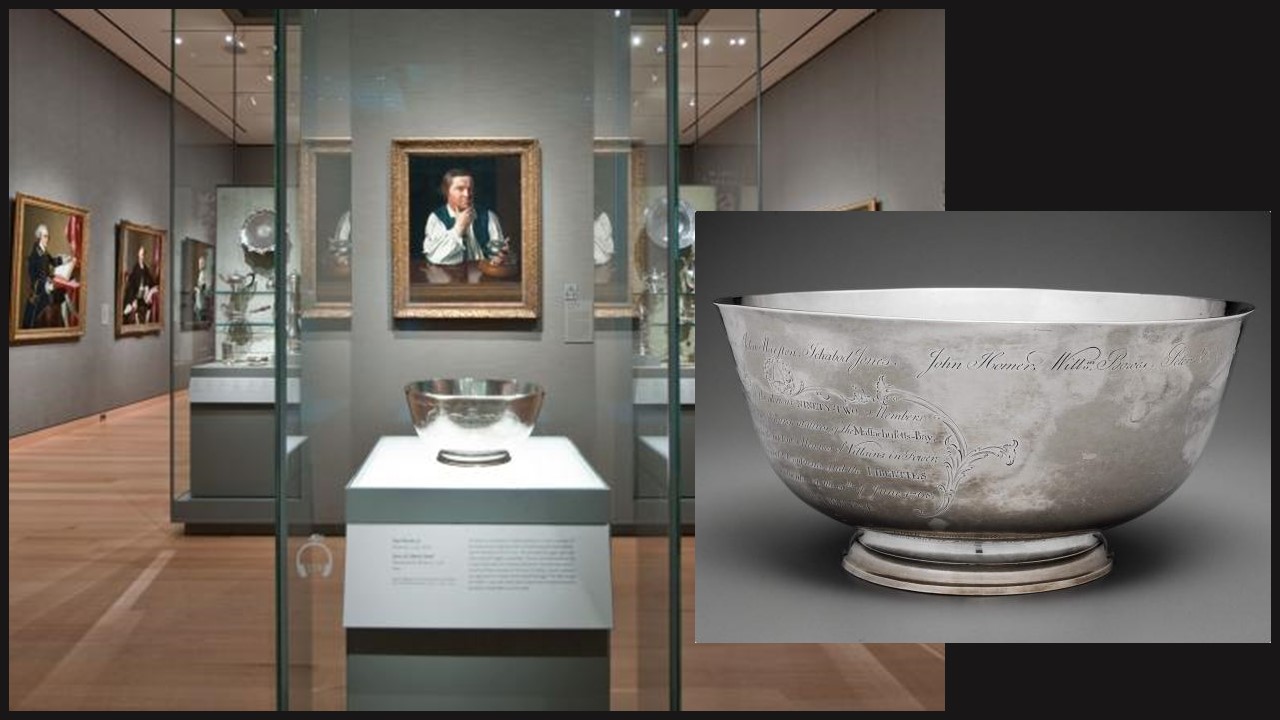
https://www.mfa.org/programs/gallery-activities-and-tours/becoming-a-painter-in-18th-century-boston-copley-and-others
